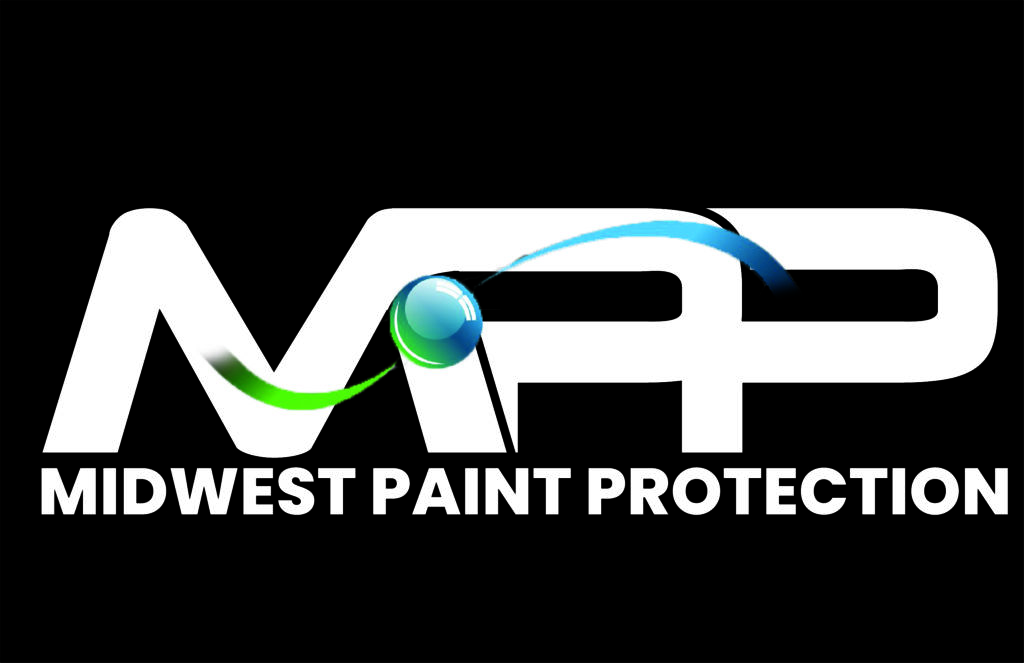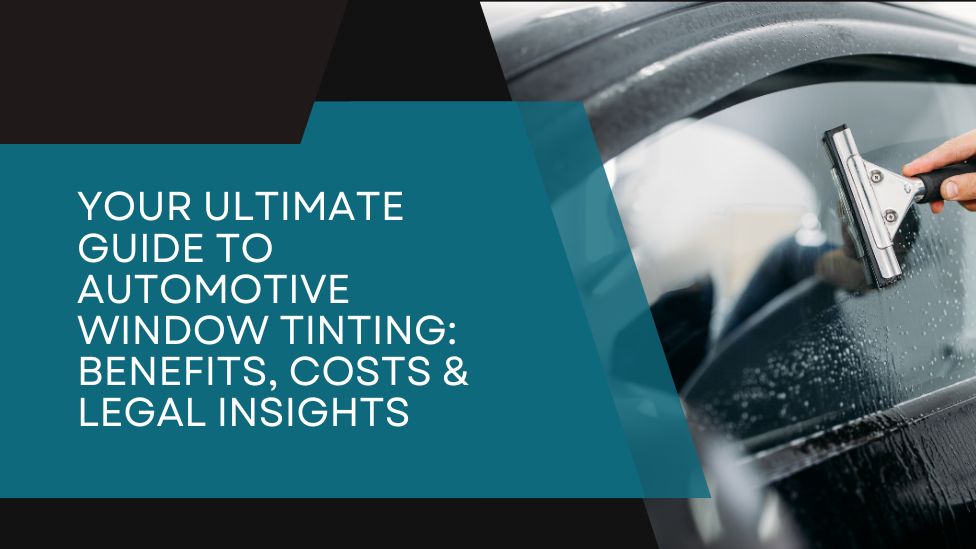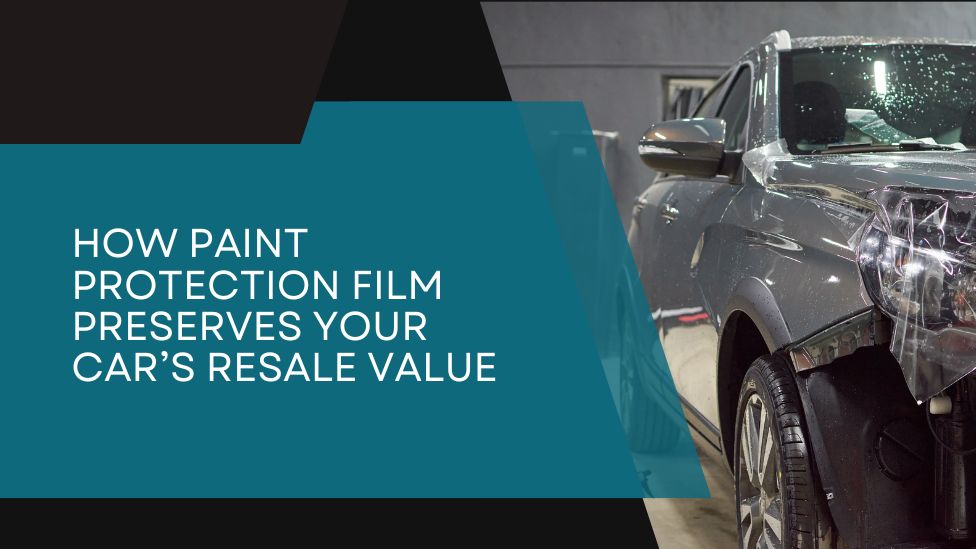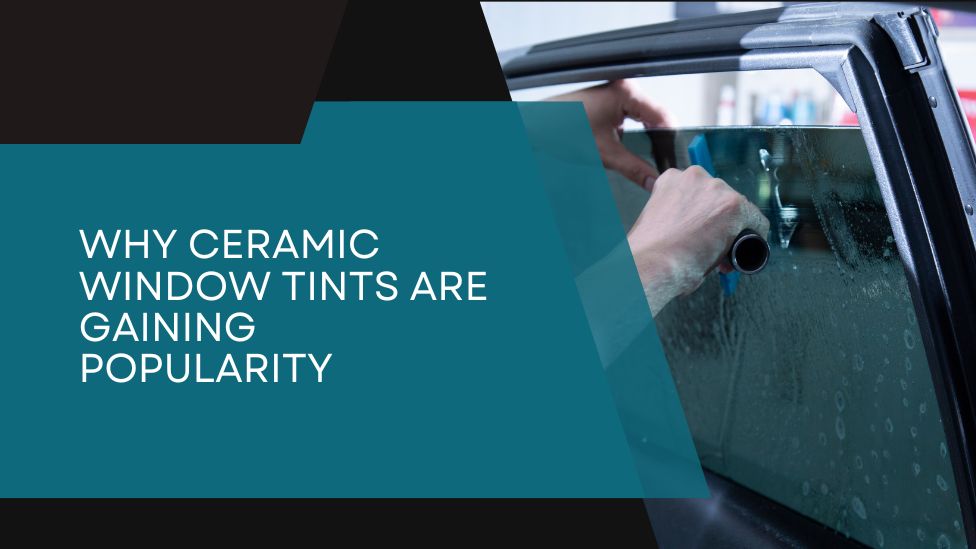Vehicle owners invest significant time and money in maintaining the aesthetics of their cars—both inside and out. While regular cleaning, conditioning, and detailing are important, there’s one often-overlooked aspect that plays a critical role in preserving your car’s interior: window tinting. Beyond enhancing style and providing privacy, window tinting serves a practical and protective function—reducing interior fading and shielding against harmful UV rays.
In this article, we’ll explore how window tinting acts as a defense barrier for your vehicle’s cabin, protecting your upholstery, dashboard, electronics, and more from the sun’s relentless impact.
The Science Behind UV Damage and Interior Fading
To understand the benefits of window tinting, it’s important to first grasp how UV rays affect your car’s interior. Sunlight contains three main types of ultraviolet radiation: UVA, UVB, and UVC. While UVC is largely filtered by the atmosphere, UVA and UVB penetrate glass and are responsible for most sun-related damage.
Extended exposure to UV rays breaks down the chemical bonds in materials like leather, vinyl, plastic, and fabric. Over time, this leads to:
- Discoloration and fading of upholstery
- Cracking and brittleness of dashboards and trims
- Weakening of adhesives and glues
- Damage to electronic components
Even on cloudy days, UV rays can infiltrate your car windows and cause gradual, irreversible harm.
How Window Tinting Blocks UV Rays
Modern window tint films are designed with advanced technologies that allow them to block a substantial portion of UV rays. Some premium films can block up to 99% of both UVA and UVB rays, making them extremely effective in reducing sun damage.
Window tint UV protection works by incorporating special UV absorbers and reflectors in the tint film layers. These materials trap and deflect harmful rays, preventing them from entering the cabin and reaching your vehicle’s interior surfaces.
Not only does this reduce heat buildup inside the car, but it also prolongs the lifespan of interior components by minimizing direct exposure to sunlight.
Benefits of Window Tinting for Interior Fade Prevention
When it comes to fade prevention car interior solutions, window tinting stands out as one of the most efficient and low-maintenance options. Let’s look at the key benefits:
1. Preserves Upholstery and Dashboard Integrity
Sun exposure leads to dull, faded, and unevenly colored seats. Leather can crack, and cloth can lose its vibrancy. Dashboards and door panels are equally vulnerable. Tinting reduces the intensity of sunlight that penetrates the glass, preserving the original look and feel of these surfaces.
2. Protects Electronics and Displays
Modern cars are equipped with advanced infotainment systems, digital dashboards, and sensors—all of which are sensitive to excessive heat and UV radiation. Prolonged exposure can damage these components or lead to malfunctions. Tinted windows help regulate the internal temperature and reduce stress on electronic equipment.
3. Improves Comfort and Temperature Control
While fading prevention is the core topic, temperature also plays a role. UV rays contribute significantly to the greenhouse effect inside your car. Tinted windows reduce heat buildup, ensuring a more comfortable environment and reducing the need for aggressive air conditioning, which can wear out your HVAC system faster.
4. Reduces Glare
Although not directly linked to fading, glare from sunlight can be harsh on the eyes and contribute to accidents. Window tinting reduces glare without compromising visibility, offering safer driving conditions and further protecting the dashboard and seats from direct light.
Different Types of Tint Films for UV Protection
Not all window tints offer the same level of UV protection. Here’s a breakdown of popular types:
- Dyed Film: Basic protection with some UV resistance, mainly used for aesthetics and glare reduction.
- Metalized Film: Offers better UV and heat rejection but may interfere with GPS and phone signals.
- Carbon Film: Superior UV blocking without signal interference; enhances energy efficiency.
- Ceramic Film: Premium option with the highest levels of UV and heat rejection, often blocking over 99% of UV rays without compromising clarity.
Choosing the right film depends on your budget and protection goals. However, for maximum interior preservation, ceramic films are highly recommended.
Common Myths About Window Tinting and Interior Protection
Myth 1: Factory-Tinted Glass Is Enough
Most vehicles come with some level of factory tint, but it usually provides minimal UV protection. These tints are often designed for aesthetic purposes or basic privacy—not for shielding the interior from the sun.
Myth 2: UV Damage Only Occurs in Hot Climates
UV rays are present even in cooler or overcast environments. Whether you’re in a tropical area or a temperate zone, UV rays can still penetrate your windows and damage your car’s interior.
Myth 3: Window Tinting Is Just for Looks
While it does add a sleek look to vehicles, window tinting’s core value lies in its ability to protect and preserve. Think of it as a long-term investment in your vehicle’s condition and resale value.
How to Choose a Professional Window Tinting Service
To ensure effective protection, it’s vital to choose a reputable tinting provider. Here are a few tips:
- Check for UV Protection Ratings: Look for products that block at least 99% of UV rays.
- Ask About Film Types: Opt for carbon or ceramic films for better durability and protection.
- Review Warranty Options: Quality tinting usually comes with long-term or even lifetime warranties.
- Evaluate Certification and Reviews: Choose a service with professional installers and positive customer feedback.
Professional installation also ensures compliance with local laws regarding tint darkness and visibility.
Long-Term Cost Benefits
Investing in window tinting can help save money over time. Here’s how:
- Reduced need for interior repairs and upholstery replacements
- Lower cooling costs from reduced heat absorption
- Higher resale value due to better interior condition
By preventing early deterioration, tinting helps you maintain the value and performance of your vehicle.
Final Thoughts
Window tinting is more than just a cosmetic enhancement—it’s a proactive measure to protect your vehicle from UV radiation and heat. By significantly reducing sun exposure, it helps guard against fading, cracking, and deterioration of your car’s interior components. Whether you’re safeguarding leather seats or preserving a high-end infotainment system, tinting is a smart, cost-effective choice.
If you’re serious about maintaining your car’s interior, window tint UV protection is not optional—it’s essential.





